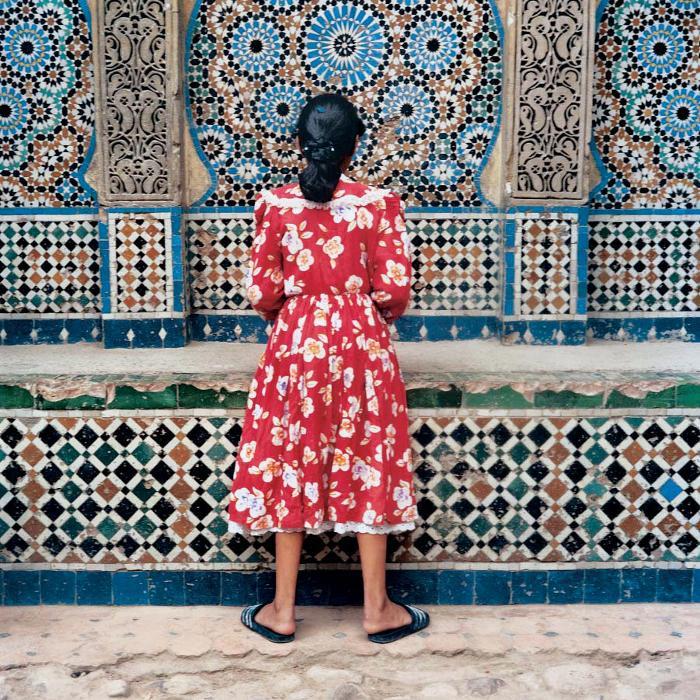An exhibition that questions cultural and historical assumptions about Africa by examining images depicted by internationally renowned photographers is now on view at the Mandeville Gallery.
“African Photography, For Whose Eyes?: Constructing and Deconstructing Identities” runs through May 13.
Featuring the work of 15 contemporary African photographers, it includes 80 missionary postcards from Yale Divinity Library as well as scans of 1950s covers from the influential South African magazine, Drum.
An opening reception, with a special performance by African drummers and dancers, is scheduled for April 12, 6-7:30 p.m. in the Nott Memorial.
In addition, Nigerian-born photographer and performance artist Iké Udé, who lives and works in New York City and is known for his connections to the celebrity, art and fashion worlds, will speak in the Nott on April 26 at 5 p.m.
The major part of the exhibition is devoted to contemporary African artists, like Udé, who grapple with vanishing places, traditions and cultures while defining new ones.
“They combine humor, mystery, fact, fantasy, past and present to reclaim the terrain of African identity formerly defined by others,” said Mandeville Gallery Interim Director Marie Costello, who worked closely with the Africana Studies and Anthropology departments for curriculum relationships and programming.
The exhibit’s major premise is that “photography is a particularly potent tool in objectifying what is in its lens. Over time, from the colonial period to the contemporary period, the photograph in Africa has changed from being an instrument of the European colonist to the rich and complex work of African photographers today,” Costello said.
Drum magazine, started in 1951, evolved as an important outlet for writers, journalists and photographers who recorded cosmopolitan life. With a circulation of 240,000 by 1959, Drum became the most widely read magazine in Africa, covering African news and popular culture, including current events, society, crime and sports.
“With independence movements growing, the 1950s were a time of optimism around the globe, and Africa was no exception, despite entrenched apartheid in South Africa,” Costello said. “Photography played a huge role in expressing the sophistication of African cities.”
In addition, the missionary postcards are an especially fertile source of material in that they “provide a starting point to trace some of the stereotypes that still prevail,” Costello said. “They make us aware that, by framing a culture from without, the meaning of that culture is distorted.”
The works selected for “African Photography, For Whose Eyes?” range from the contemporary everyday vignettes of Philip Kwame Apagya (Ghana) to Bernie Searles' Colour Me Series, which references apartheid’s mixed race; from the “Water” series by photojournalist Djbril Sy (Senegal) expressing the scarcity of clean water to Grace Ndiritu’s (Kenya) Still Life: White Textiles, in which she manipulates African fabric to provocatively conceal and reveal her own body.
Other artists represented include: Yto Barrada (Morocco), Nabil Boutros (Egypt), Samuel Fosso (Camaroon), David Goldblatt (South Africa), Seydou Keïta (Mali), Boubacar Touré Mandémory (Senegal), Zwelethu Mthethwa (South Africa), Obie Oberholzer (South Africa), Malick Sidibé (Mali) and Guy Tillim (South Africa).
